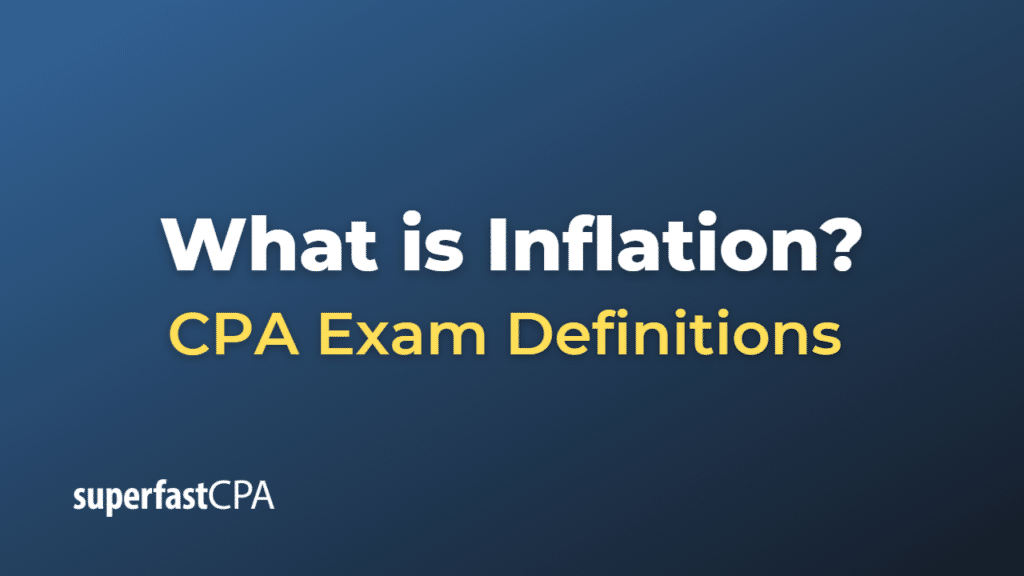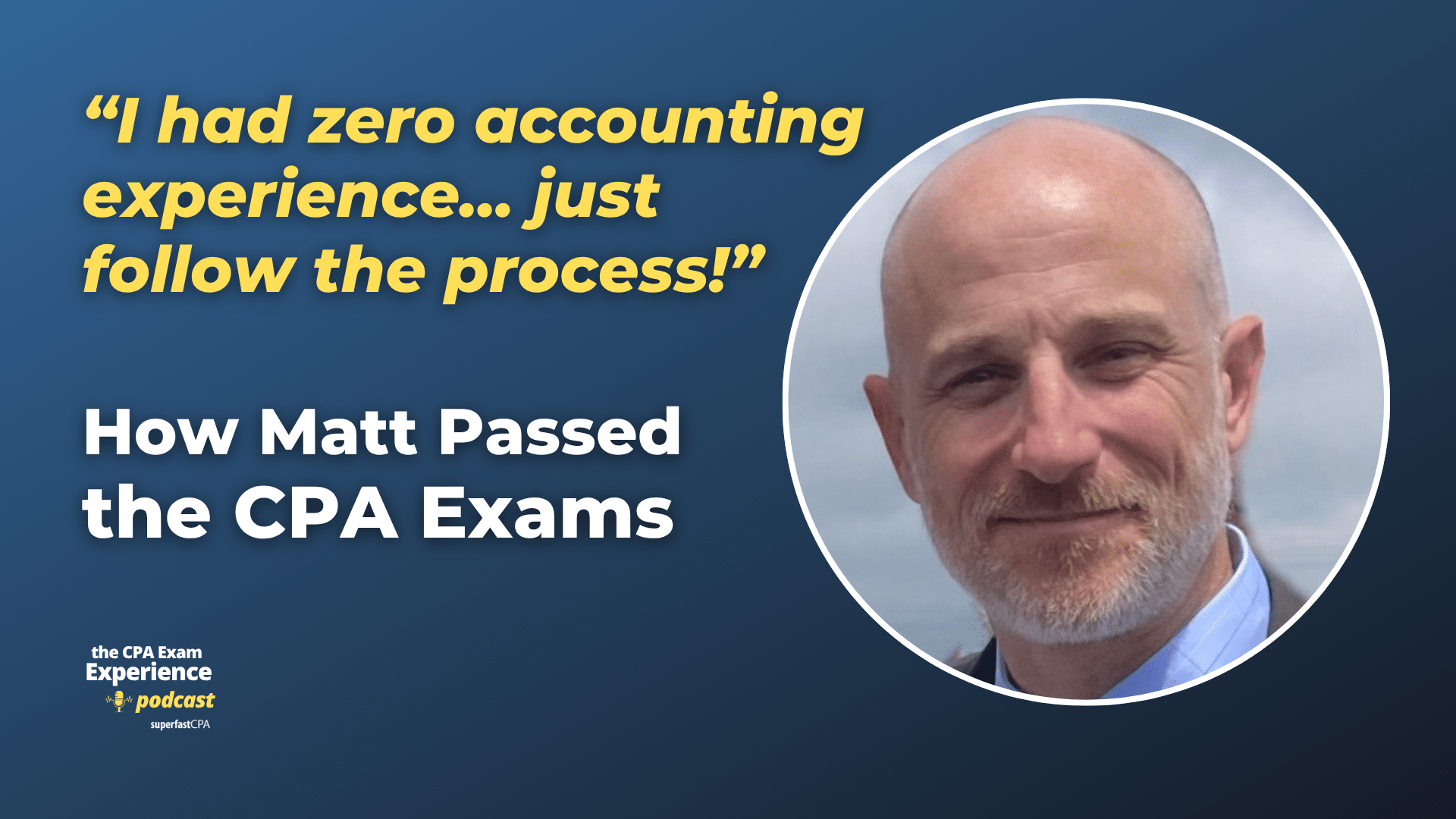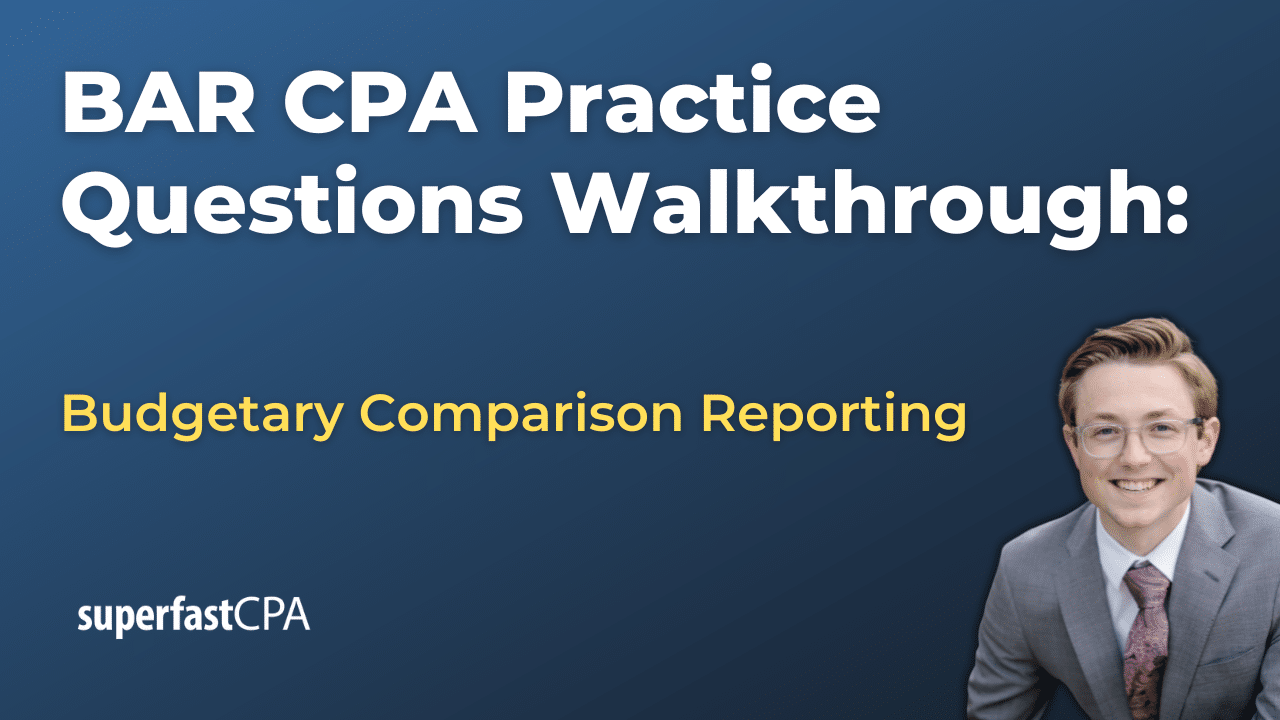Inflation
Inflation is the rate at which the general level of prices for goods and services is rising, and, subsequently, purchasing power is falling. Central banks attempt to limit inflation — and avoid deflation — to keep the economy running smoothly.
Consider the cost of a loaf of bread. Suppose that a loaf of bread costs $2 today and inflation is 2% per year. A year from now, the same loaf of bread will likely cost about $2.04 (i.e., $2 plus 2% of $2) due to inflation.
Inflation is typically measured as an annual percentage increase in a consumer price index (CPI), which includes a basket of goods and services that are representative of a typical household’s spending. High inflation can be damaging to the economy, eroding purchasing power and creating uncertainty. Deflation, or negative inflation, can also be problematic as consumers and businesses may delay purchases and investments if they expect prices to fall in the future.
Central banks, such as the Federal Reserve in the United States or the European Central Bank in the Eurozone, often aim for an inflation target to ensure price stability. As of my knowledge cutoff in September 2021, many central banks have an inflation target of around 2% per year.
Inflation can be caused by a variety of factors, including increases in production costs or increases in demand for goods and services. It’s one of the key indicators of the state of the economy and one of the main factors central banks consider when setting monetary policy.
Example of Inflation
Let’s say that the inflation rate in a country is 3% per year. That means, on average, things get 3% more expensive each year.
So, if you buy a cup of coffee today for $5, you would expect that a year from now, the same cup of coffee will cost about $5.15 ($5 + 3% of $5).
Inflation also affects your income. If you’re earning $50,000 a year and your income doesn’t increase, you’ll be able to buy less with it next year because everything is more expensive. That’s why workers often want their pay to increase at least as much as inflation.
Let’s take another scenario – you have $1,000 in a savings account with a 1% annual interest rate, but inflation is 3% per year. After one year, you’d have $1,010 in your account due to the interest. However, due to inflation, you’d need $1,030 to buy the same things you could have bought with $1,000 a year ago. So, in terms of purchasing power, you’ve effectively lost money by keeping it in the savings account.
This is why inflation is an important factor for individuals, businesses, and governments. It affects decisions about spending, saving, borrowing, and investing.









